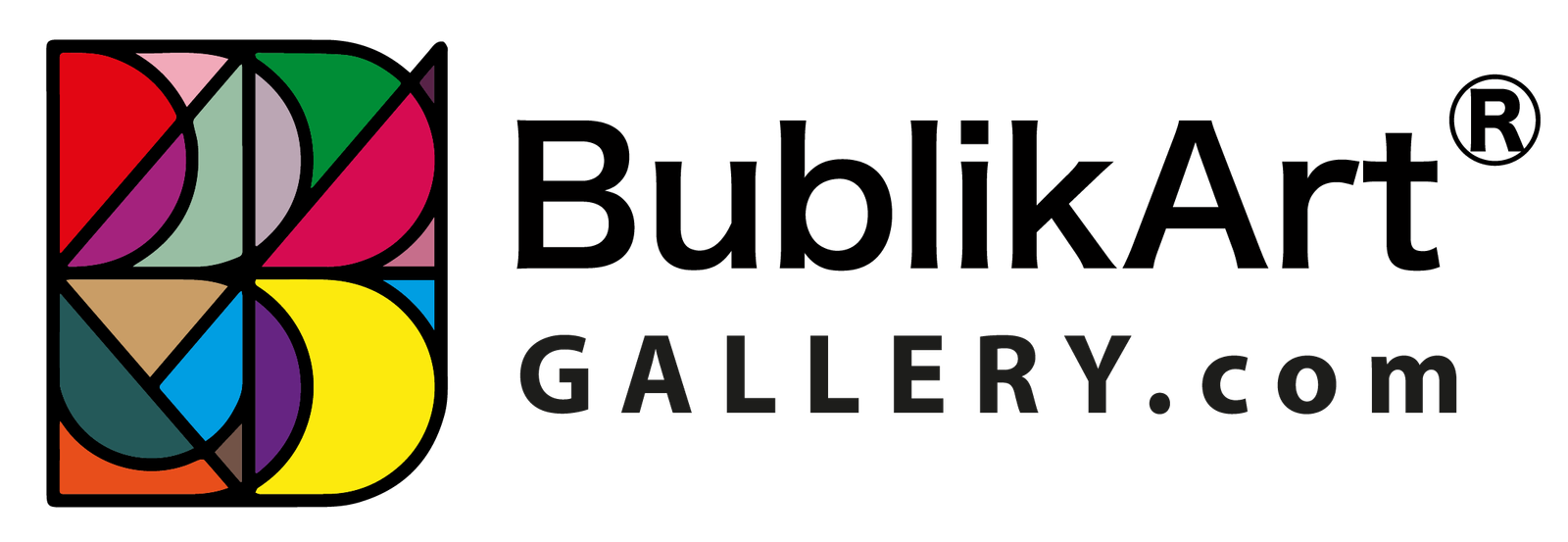On a sunny day in Santa Barbara, I first set my eyes on the coldest place in the universe. A suspended tangle of wires and metal plates shrouds a small square of aluminium. Shut away from heat, light and the most distant cosmic noise, the palm-sized square runs at 0.1 Kelvin—a superconductive environment, cooler than deep space. This is a quantum processor, and at these temperatures quantum physics is best harnessed to enable unimaginable feats of computing.
But I am not an engineer or a scientist. I run LAS Art Foundation, a non-profit organisation based in Berlin. So, what am I doing at the lab of Google Quantum AI?
I am meeting with Hartmut Neven, a scientist, and Tobias Rees, a philosopher. Together, we are reflecting on this emergent and extraordinary technology. It is predicted to far outpace all known computers. But when? And what does this mean, not just for science or AI or politics, but also for philosophy, for society, for culture? This meeting was around five years ago, and since then LAS Art Foundation has endeavoured to answer these questions.
I see advancements in science as probing the depths of reality in the way that artists also do. I believe in artists’ ability to think through our ever-evolving world, and so support them to produce enquiring new work on critical topics of the present.
Libby Heaney, a former post-doctoral researcher in quantum physics, was the first artist with whom LAS Art Foundation produced a quantum-related commission in 2022. Heaney’s profound understanding of the science and philosophy of quantum computing informed a captivating body of work, Ent-, which went on to win the Lumen Prize for immersive art, the Falling Walls Art-Science Prize and an S+T+ARTS Prize Nomination.
We began our first conversations with the artist Laure Prouvost in 2020. Known for her exploration of kinship and migration and her playful, sensory approach, Prouvost has a long-standing interest in scientific concepts, dating from her time working for John Latham. Latham welcomed artists and scientists to do research together at Flat Time House and referred to his own work in quantum mechanical terms. Together, Prouvost, Neven, Rees and LAS began a series of exchanges, which led to the forthcoming project WE FELT A STAR DYING—Prouvost’s major new commission with LAS Art Foundation, opening at Kraftwerk Berlin on 21 February.
To make this work, Prouvost had unprecedented access to a quantum computer at Google and a specially developed quantum AI model. Her work represents unique patterns of “noise” or tiny fluctuations within the computer, and throws light on the innate sensitivity and instability of these systems—even a star dying in distant space can destabilise it. Together with these experiments, Prouvost forges a general enquiry into the topic of quantum, through sculpture, video, sound and scent, in the vast space of Kraftwerk Berlin.
Those who follow the technology know that quantum computers are not yet commercially applicable. The interference that the delicate quantum system encounters makes it unstable or simply too error-prone. Prouvost’s experiments and investigations with LAS amount to rare access. But when is this technology going to be publicly available? And what would it mean for art practitioners?
In December 2024, in the science journal Nature, Neven and his team announced a major leap forward in quantum error correction, which represents steady progress towards their goal of stabilising this technology. Scalable, usable technology in five or so years seems more realistic than ever. Indeed, the UN declared 2025 the International Year of Quantum Science and Technology, raising awareness of the potential breakthrough and marking a century since the field of quantum mechanics was established.
Supercomputing power
For artists, this technology opens new creative possibilities—the beginning of a new medium. Its potential uses stretch beyond our current imagination. It also brings quantum principles into large-scale applications, centring the counter-intuitive nature of reality at the micro scale. This begins a wider-scale shift in how we understand the world.We hope Prouvost’s large-scale new exhibition will bring some of these ideas to a broad audience, ignite conversation, and open up the imaginative and technical possibilities for artists. A quantum era is coming: what will it mean for you?
• Bettina Kames is the chief executive of LAS Art Foundation, Berlin




